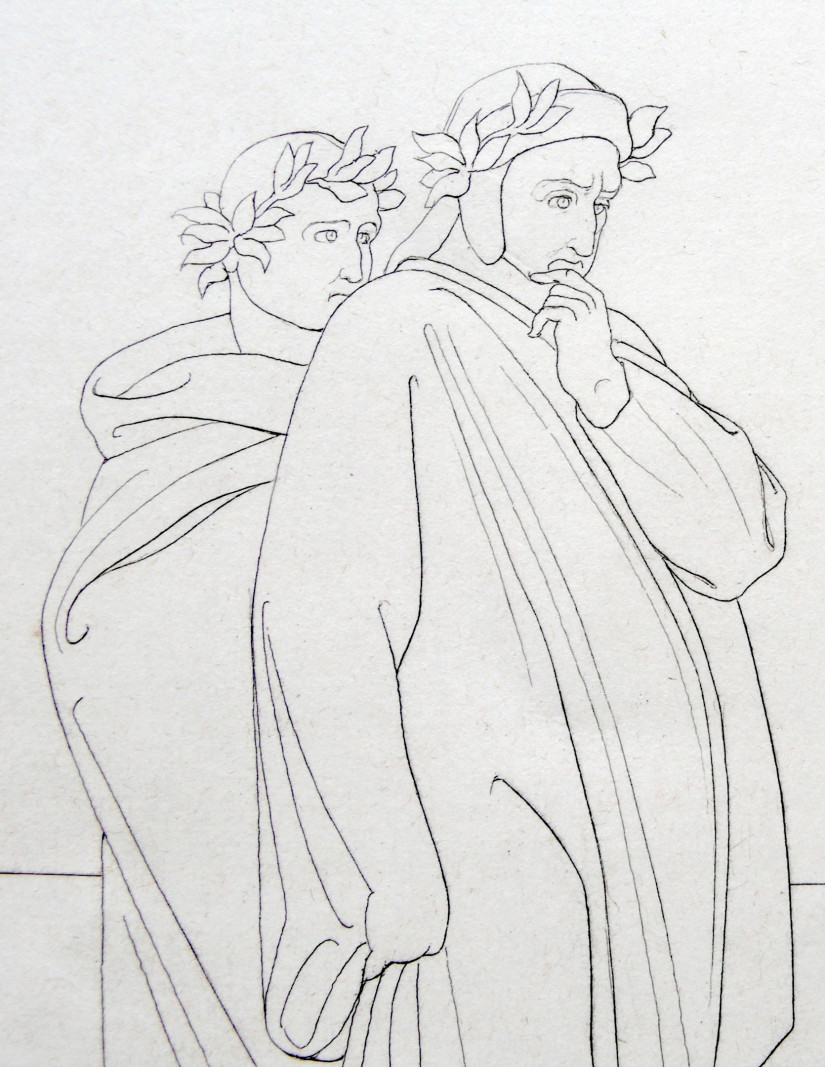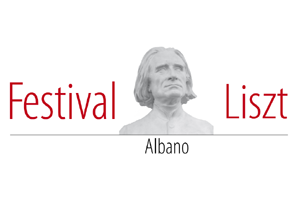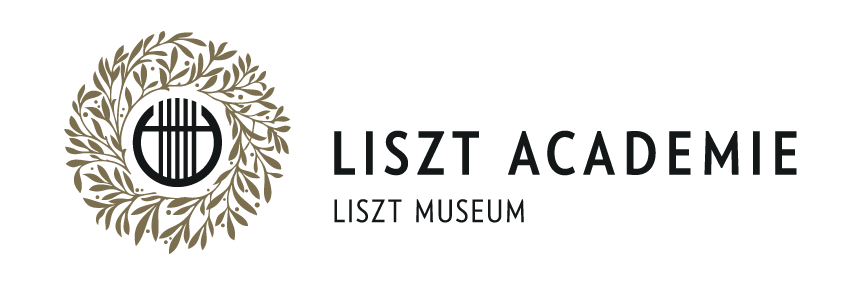“I AM MOVING DEEPER AND DEEPER INTO DANTE’S OBSCURE FOREST...” (FRANZ LISZT)
“I AM MOVING DEEPER AND DEEPER INTO DANTE’S OBSCURE FOREST...” (FRANZ LISZT), the exhibition of the staff of the Liszt Ferenc Memorial Museum and Research Centre opened on 10 October 2021 in the Atrium of the Liszt Academy of Music, which can now be viewed in virtual form.
Die virtuelle Ausstellung ist derzeit nur auf Englisch verfügbaR.
Follow the links below to view the virtual exhibition:
The exhibition is presented in Prezi. You can move paragraphs forward or backward by using the navigation buttons, the SPACE button or by pressing the arrow at the bottom of the screen. The mouse can be used to override the built-in skip, position any part, and the mouse scroll wheel can be used to zoom in or out on the selected document.
Have fun for browsing!

Franz Liszt and his contemporaries were intensely preoccupied with a truly insurmountable challenge: how to transpose Dante Alighieri’s poetry into the language of music and how to visualize it. Liszt was particularly interested in the story of the otherworldly journey that Dante went on in the Divina Commedia. Most of all, the drama of the Inferno piqued his curiosity, the representation of demonic horrors, the hopeless situation of the suffering souls and the forbidden love: the tragedy of Paolo and Francesca. Liszt arranged the Divina Commedia in the form of a piano piece (Dante Sonata) and a symphonic orchestral work (Dante Symphony). Nevertheless, he felt that the music alone was not enough to represent the greatness of Dante’s poetry. Liszt intended to show how music, poetry and visual art can be effectively combined in a multimedia diorama performance. Very few composers were as open to the achievements of other art forms as Franz Liszt. His relationship with the Italian arts is particularly diverse; he was inspired not only by the poetry of Dante, but also by the works of Petrarca, Michelangelo, Raffaello, Salvator Rosa. He collected these compositions in Années des pèlerinage, Deuxième année: Italie.
This exhibition presents not only Liszt’s interest in Dante and his compositions inspired by Dante, but also gives a context for the topic: Dante’s life and poetry are also presented, with particular attention to the Divina Commedia, while also briefly discussing the 19th century ’Dante mania’ by using examples related to Liszt. Visual artists are represented in the exhibition, with whom Liszt had a personal relationship and knew their Dante-related works. A few stories illustrate the revival of Hungarian Dante reception, such as the Hell Panorama of the City Park Budapest (opened in 1896) or Ferenc Pulszky’s Dante evening in Florence.
In the Purgatorio, Canto X, Dante and Virgil are looking at the pictures of a special ‘exhibition’. Carved in the snow-white marble of Purgatory’s hill, magnificent reliefs can be seen which are almost alive, speaking, nearly making sounds. In his poetry, Dante combines music and visuality, relying on our imagination when he writes the following lines about a relief representing King David and the Ark of the Covenant:
“There, carved in that same marble, were the cart
and oxen as they drew the sacred ark,
which makes men now fear tasks not in their charge.
People were shown in front; and all that group,
divided into seven choirs, made
two of my senses speak—one sense said, “No,”
the other said, “Yes, they do sing”; just so,
about the incense smoke shown there, my nose
and eyes contended, too, with yes and no.”
(Dante: Divina Commedia, Purgatorio, Canto X, 55–63, translated by Allen Mandelbaum)
On the bottom part of the posters of this exhibition are illustrations of the Divina Commedia by Bonaventura Genelli and Gustave Doré as a frieze, mimicking the above mentioned episode from Purgatorio.
______________________________________________________________________
The participating institutions
The creators of the exhibition
_______________________________________________________________________






